Toyota Vanguard (XA33W/38W) Test Drive Report
ReportDecember 21, 2021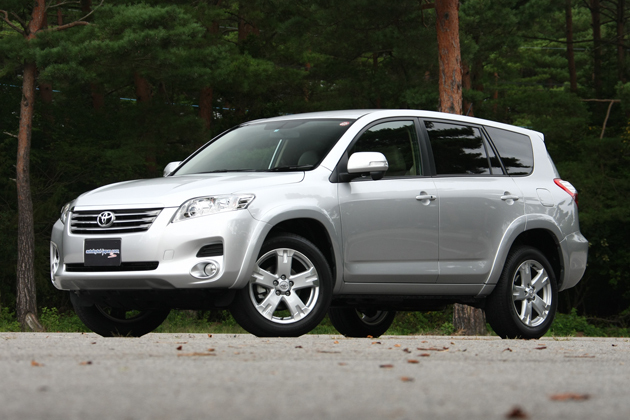
What are the characteristics of a city-oriented multi-SUV?
The Vanguard was introduced as Toyota's all-new medium luxury SUV. The Vanguard is not a completely new model, however, and uses the basic platform and components of the RAV4. In Japan, the RAV4 has a short body, but in the U.S., a long body version is sold, and this became the base for the Vanguard.
However, the RAV4 for the U.S. was not brought to Japan as it was, but the exterior design was made more like a passenger car, and the ride quality was carefully tuned, taking into consideration the Japanese market and the character of the car. The Vanguard features a long body with three rows of seven seats, making it a vehicle that can be used not only as an SUV but also as a minivan. In this sense, the Vanguard is targeted mainly at older customers who have outgrown minivans, but also at younger families who want a minivan.
The Vanguard will be sold at both Corolla and Toyopet stores. For Corolla stores, it will replace the Kruger V. For Toyopet stores, it will be a model to store the Harrier that will be exiting in the future.

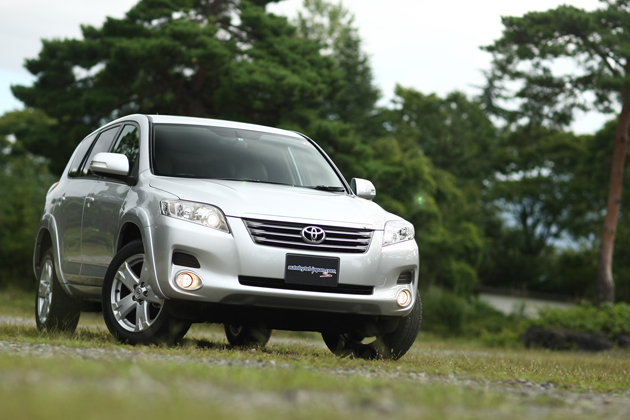
Sedan-like feel and high quality
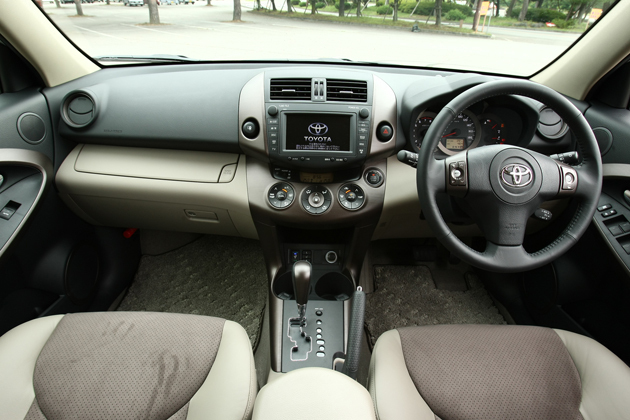

As a long-bodied car with three rows of seats, it is a bit large. The overall length is 4570mm and the overall width is over 1800mm. The exterior design does not emphasize the power that is often seen in SUVs, but rather has a gentle feel that is suitable for city driving. The upturned headlights and the chrome treatment on the horizontal bars of the grille give it a passenger car-like atmosphere.
The rear view also has a clean feeling, instead of carrying a spare tire on the back. The rear view is also very passenger car-like. The basic shape of the interior is the same as that of the RAV4, with the same basic layout of the instrument panel, navigation system, audio system, and air conditioner. However, the two-tone color scheme differs from that of the RAV4, and the bronze-like paint finish gives the interior a high quality feel.
There are two rows of five seats and three rows of seven seats, and although the third row of seats is solid, it is not enough space for a long adult ride. The third row of seats is also equipped with firm seats, but the space is not enough for an adult to ride for a long time. The seats are usually folded down for luggage space, but when the need arises, they can be used as the sixth or later seats. All seats are equipped with three-point seatbelts and headrests.
2.4-liter engine for city driving, 3.5-liter engine for cruising
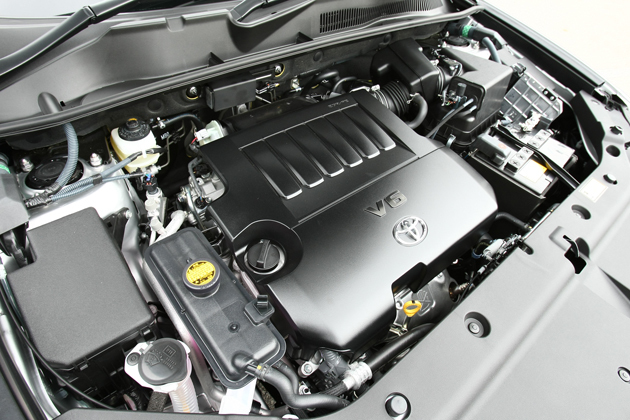
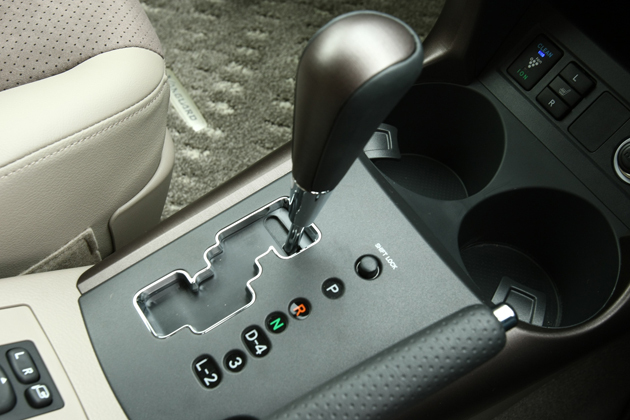
The Vanguard comes with two engines, a 2.4-liter inline four-cylinder and a 3.5-liter V-6, a combination that is increasingly being used in Toyota vehicles these days. The Vanguard is a long-bodied SUV, and since all models are 4WD, the weight is heavier, so it is inevitable that the displacement is larger.
The 2.4-liter model is mated to the Super CVT-i for smooth driving, and the 125 kW power output is not inferior to the body, but is sufficient for daily use. 17-inch tires also gave a good impression of ride comfort.
The 3.5-liter model produces a powerful 206 kW. The 3.5-liter model produces 206 kW of power, which is more than enough for the body of the Vanguard. The 3.5-liter model is mated to a five-speed Super ECT, but there is no complaint about the smoothness of the driving experience due to the generous engine performance. The 18-inch tires give a firmer ride, and we did feel a bit of a bump on some of the bumps, but basically there is no big difference in the ride quality between the two. If I had to make a distinction, I would say the 2.4L is better for city driving and the 3.5L is better for cruising.
8 Variations to Choose from for Driving or for Use
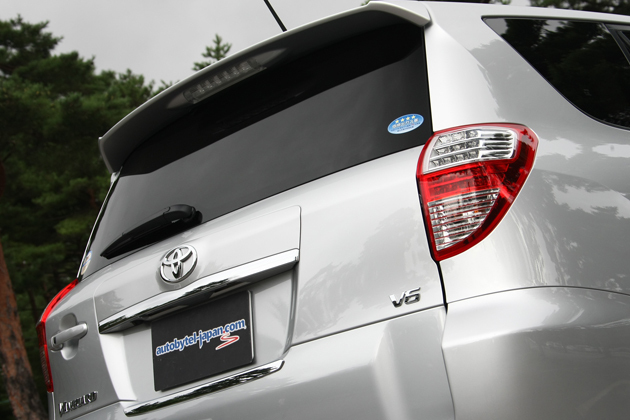
The only drive system is 4WD, but there are two engine models available, as well as 5-seat and 7-seat versions. There are also two engine models, a 5-seat model and a 7-seat model. There are standard and G package models for both engines, so there are a total of eight variations.
The 240S, which is the base grade, is priced in the 2.6 million yen range, so that's one way to go, and the G package comes with leather and Alcantara power seats for 250,000 yen more, so if you like leather seats, you can choose the G package. The price difference between the 5-seater and 7-seater is 40,000 yen. The price difference between the 5-seater and the 7-seater is 40,000 yen, and most people would probably choose the 7-seater if it comes with a third row seat. Even though the third row seats are not very spacious, most people would choose the seven-seater in case of an emergency.
The price of the 350S starts at a little over 3,000,000 yen, and even with the G package, the 7-seat version is only 3,300,000 yen, making it a bargain for its displacement. I personally prefer the 2.4L engine. Personally, I would recommend the 2.4L engine, but I have no complaints about the 3.5L engine except for the suspension, and both are well-balanced cars.
Buy now!
TCV Corporation has the partnership with MOTA.
Copyrights ©2021 MOTA, All Rights Reserved.
Translated by TCV, MOTA liability, trademark, images and documents use rules apply for the original and the translation.
Reproduction and distribution of this article including images without written permission is prohibited.
This article was published in the past, and the grade status may differ from that of the exported / imported vehicle.
In case of Copyright infringement , a criminal investigation may be initiated to whether it's individual or a company.


